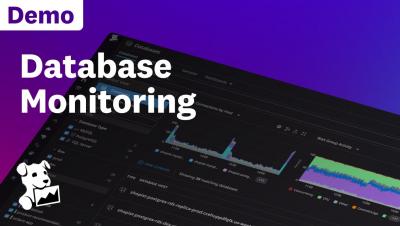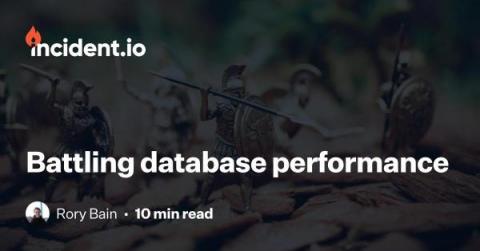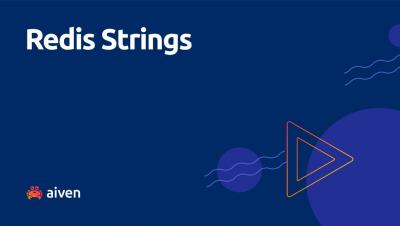Operations | Monitoring | ITSM | DevOps | Cloud
Databases
The latest News and Information on Databases and related technologies.
Distributed Database Architecture: What Is It?
Databases power all modern applications. They’re behind your Angry Birds mobile game as much as they’re behind the space shuttle. In the beginning, databases were hosted on a single physical machine. Basically, it was a computer running only one program: the database. Then we moved to running databases on virtual machines, where resources are shared among multiple operating systems and applications.
Battling database performance
Earlier this year, we experienced intermittent timeouts in our application while interacting with our database over a period of two weeks. Despite our best efforts, we couldn’t immediately identify a clear cause; there were no code changes that significantly altered our database usage, no sudden changes in traffic, and nothing alarming in our logs, traces, or dashboards. During that two-week period, we deployed 24 different performance and observability-focused changes to address the problem.
Q1 Roadmap Review & Q2 2023 Look Ahead
In our recent virtual meetup the VictoriaMetrics Founders team discussed some of our Q1 2023 highlights, including features highlights, the 2023 roadmap for VictoriaMetrics as well as first introduction to the upcoming VictoriaLogs. In this blog post, we’d like to share a summary of these highlights and a heads up on where to find our team in the coming weeks and months - starting with our participation at KubeCon Europe 2023.
Releasing Graphite Query Language in Open Source VictoriaMetrics
As many of our users and the wider monitoring community will know, Graphite Query Language is a query language for Graphite monitoring tools, which helps analyze data stored in it. Graphite is a well-known and respected pioneer in the monitoring space, which has seen a number of next generation monitoring solutions enter the scene … such as ourselves. It’s been used by a wide range of companies, which started using monitoring tools more than a decade ago.
PostgreSQL high availability made charmingly easy
In a previous blog, we talked about patterns to run a database in a highly available manner. In this blog, we present our open source recipe for PostgreSQL high availability.
How to monitor MySQL performance metrics in minutes
A Detailed Guide to Formatting Dates in SQL
In modern software applications, time-stamped data is a common requirement. As a software developer or database administrator, you know that formatting dates is crucial for ensuring data accuracy and consistency. But with so many date formats and SQL engines out there, it can be challenging to find the right way to format dates for your specific needs.
Redis Strings
High Cardinality? No Problem! Stream Aggregation FTW
High cardinality in time series data is challenging to manage. But it is necessary to unlock meaningful answers. Learn how streaming aggregations can rein in high cardinality using Levitate.











